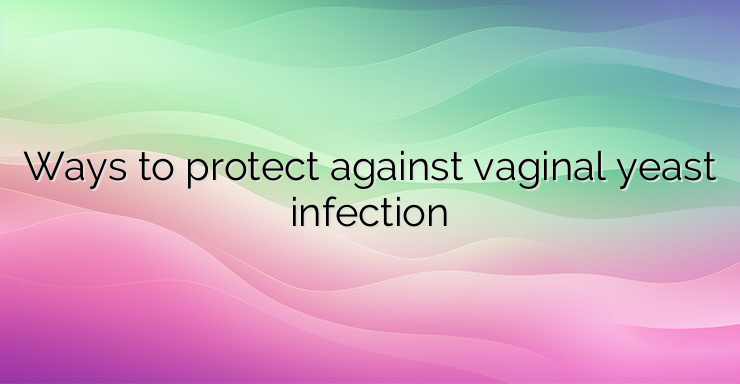Vaginal yeast infections affect three out of four women and are widespread among women of reproductive age due to the many risk factors that lead to their occurrence. The main cause of vaginal yeast infection is Candida albicans. Representatives of this species normally inhabit the woman’s vagina and do not cause symptoms. However, there are factors that cause overgrowth and activation of the fungal infection. Among the factors that increase the risk of vaginal candidiasis are uncontrolled diabetes mellitus, high levels of stress, prolonged intake of antibiotics, pregnancy due to the increase in estrogen levels, the intake of oral contraceptives and hormonal preparations containing estrogens, weakened immune protection. Taking antibiotics destroys the beneficial lactobacilli in the vagina, disrupts acidity and stimulates fungal overgrowth. In general, vaginal yeast infection is manifested by redness, itching and inflammation of the vulva and vagina, pain during urination and intercourse, the presence of white, curd-like, odorless vaginal discharge. Antifungal agents are used to treat vaginal candidiasis, but are there ways to prevent infection? In order to protect yourself from vaginal fungi, the most basic recommendations are: 1. Limiting the use of vaginal douches – their application leads to a disturbance in the balance of the vaginal flora and stimulates the growth of fungi. 2. Avoiding the use of cosmetics for intimate hygiene containing perfume substances. 3. Use of cotton underwear – this type of underwear does not retain heat and moisture, which are predisposing factors for the development of a fungal infection. It is also recommended to wear tight, tight jeans and trousers less often. 4. Diabetes control – keeping blood sugar within reference limits is extremely important to limit fungal overgrowth. Controlling blood sugar is also important in limiting a number of other diseases to which the diabetic is otherwise extremely susceptible. 5. Use of antibiotics only when necessary and according to a doctor’s prescription – it is known that today the use of antibiotics is not controlled and in many cases their intake is not necessary and creates more harm than positives. Taking antibiotics in situations that do not require their use disrupts the balance in the vagina and gastrointestinal tract and predisposes to various infections. Therefore, it is recommended that an antibiotic be administered only with a doctor’s prescription. 6. Limit the wearing of wet clothes and bathing suits – prolonged standing in wet clothes and bathing suits increases the risk of vaginal fungus. 7. Frequent changing of sanitary napkins or tampons during menstruation. 8. Limit the intake of sugars and foods rich in carbohydrates – it has been found that the growth and reproduction of fungi is stimulated by foods rich in carbohydrates and simple sugars.For this reason, it is recommended to follow a diet limiting these foods from your menu. 9. Taking probiotics – the additional intake of medicines containing beneficial bacteria helps restore the acidic environment in the vagina. 10. Curcumin – A supplement containing the active ingredient curcumin has been found to inhibit fungal adhesion to cells and reduce their growth.


Leave a Reply